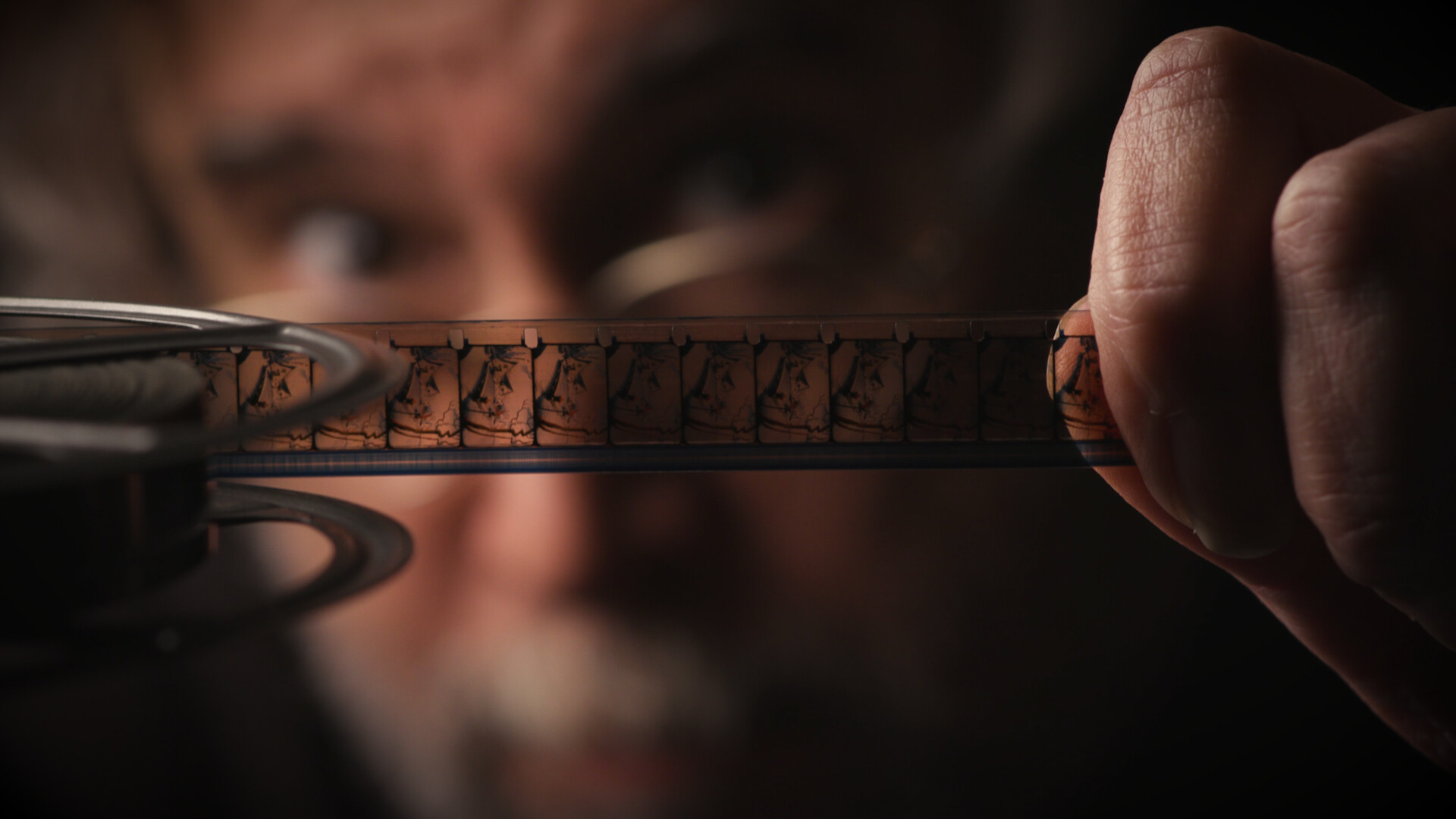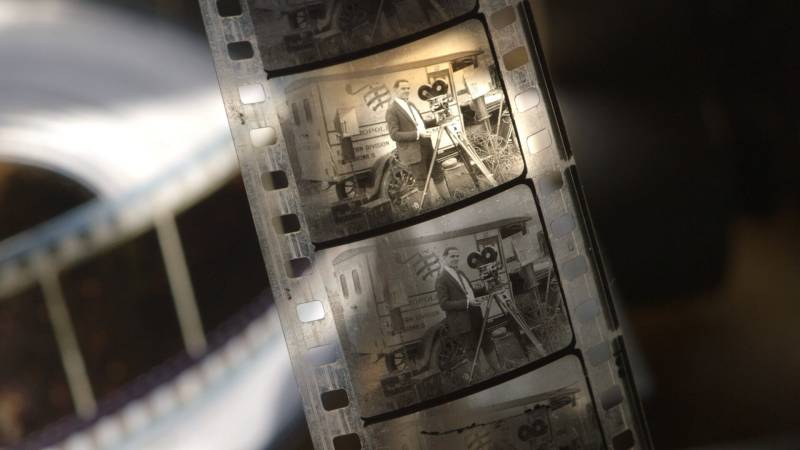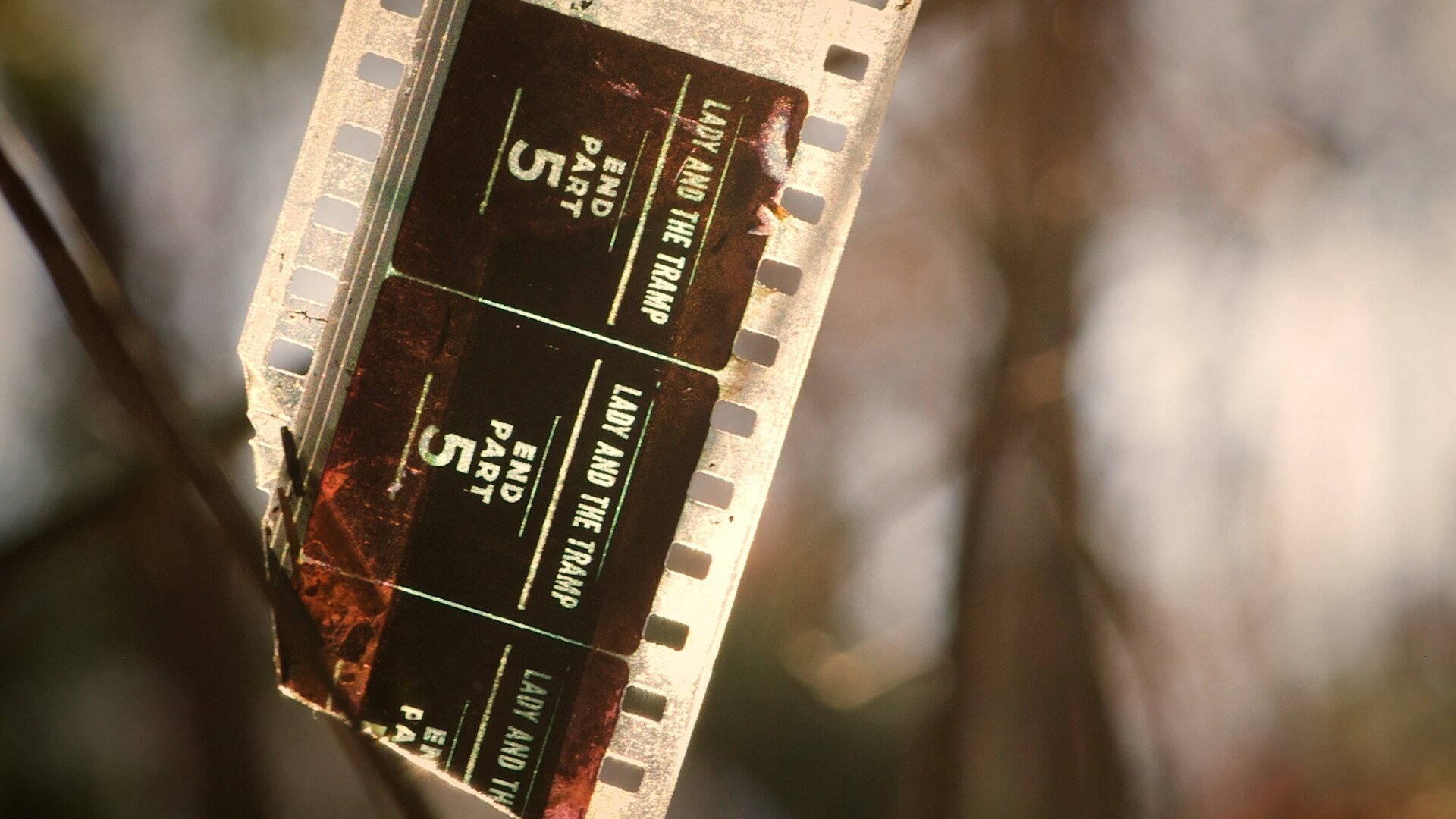Near the end of Peter Flynn’s documentary Film Is Dead. Long Live Film!, archivist Stan Taffel tells a story about attending the Los Angeles premiere of the 1922 Rudolph Valentino silent Beyond the Rocks. Long believed to be lost to history, the film was rediscovered in the Netherlands in 2003.
Taffel congratulated the Nederlands Filmmuseum staff on their restoration work, and asked, “Who was the collector that had this film for those seven, eight decades?” They turned to each other, searching. “The one guy that actually saved the film, they didn’t know,” Taffel recounts. “Someone said, ‘Oh, he was some eccentric collector.’”
Repeating this last phrase, Taffel rolls his eyes at the camera. By this point in the 102-minute documentary, we have visited the storage units, kitchens, sheds and cozy screening rooms of over a dozen eccentric collectors. We’ve watched them crack open rusty film canisters, lovingly oil up old projectors and call out obscure titles from the middle of chaotic organizational systems.

We know, as Taffel does, that if not for these collectors, much of the grain of everyday life, as captured on film, would have long ago disappeared. Film collectors have rescued not only major motion pictures, but home movies, snipes (anything that’s not a movie or a trailer, like a snack bar promo), kinescopes (films made from live TV broadcasts), educational films and more.
Some of the most interesting scenes in Film Is Dead come from joining collectors on the hunt, their flashlights peeking into sealed up drive-in theaters for anything that survived. Especially since the odds are stacked against them.




